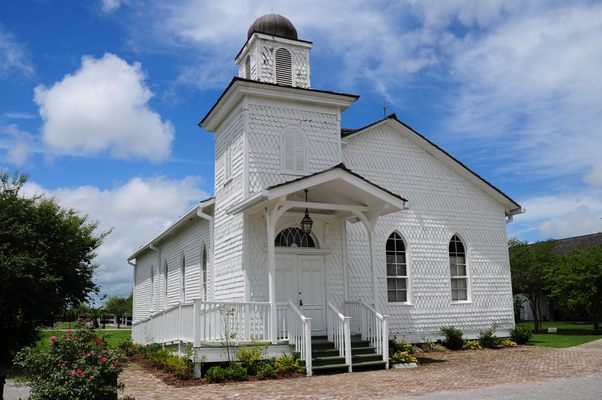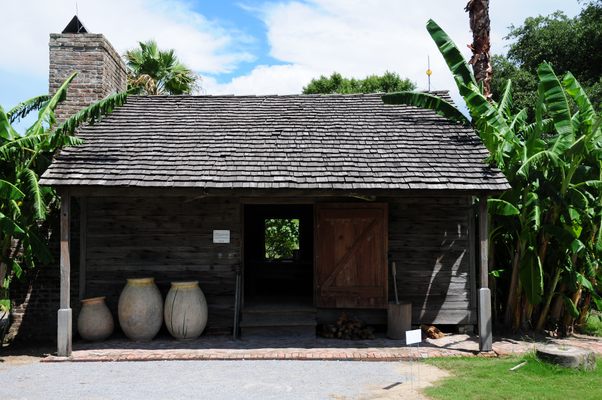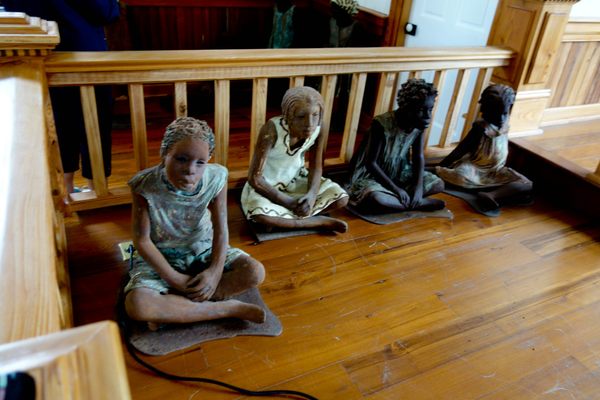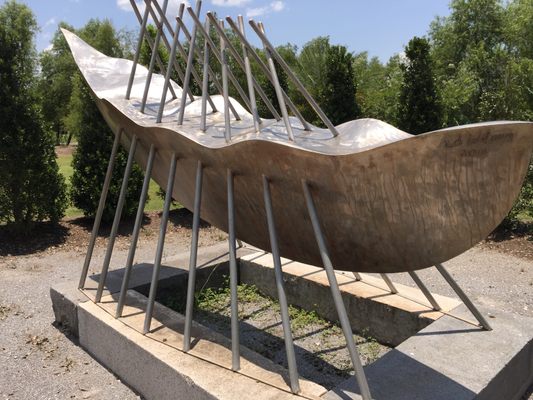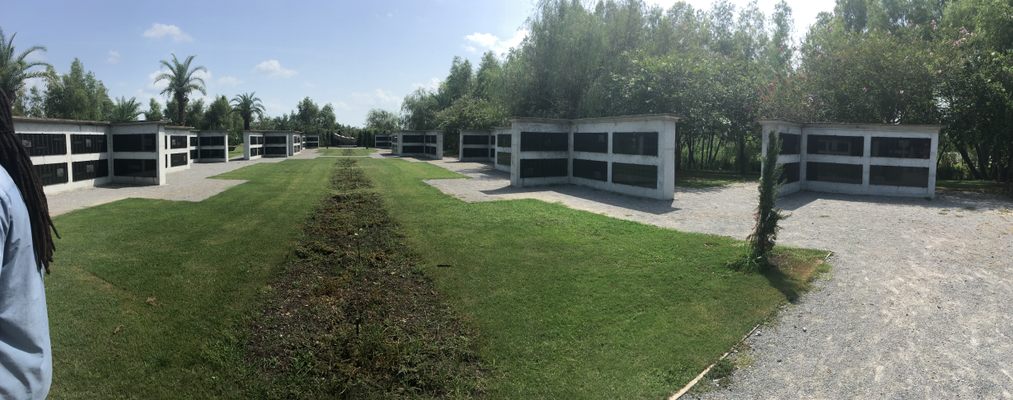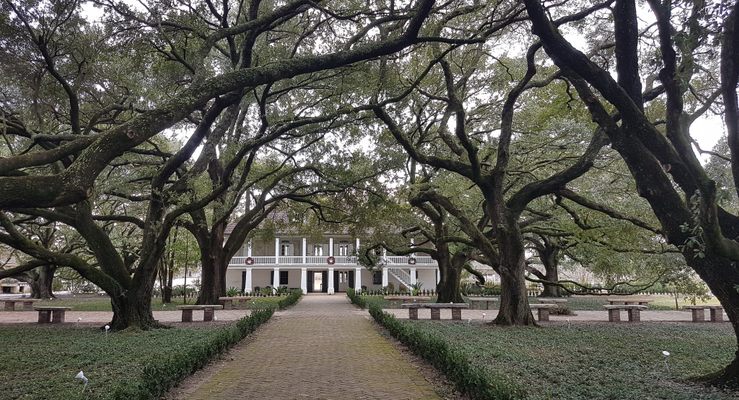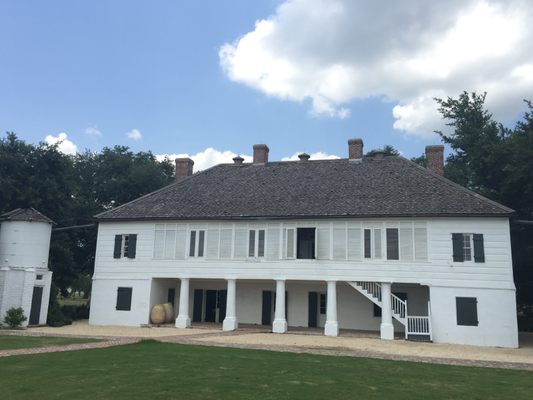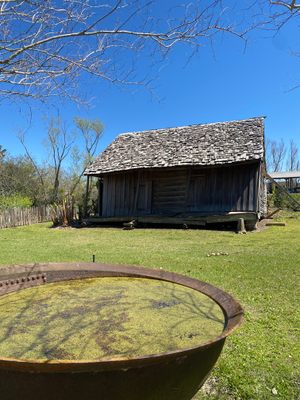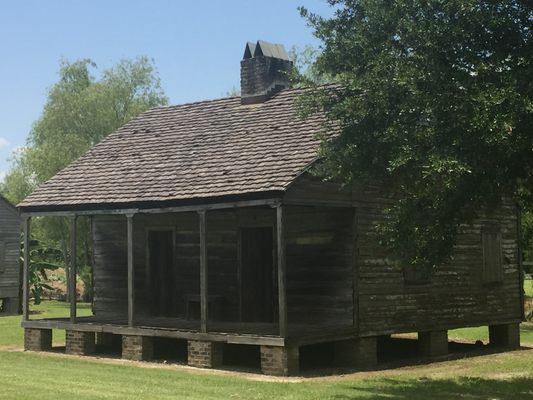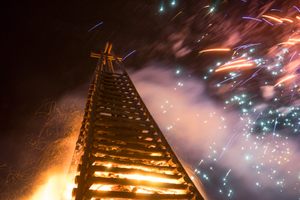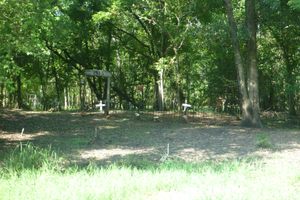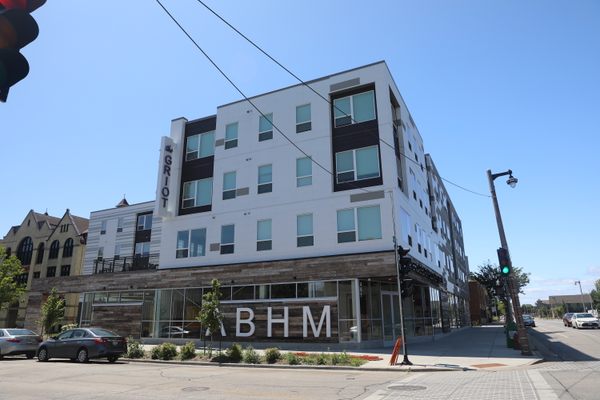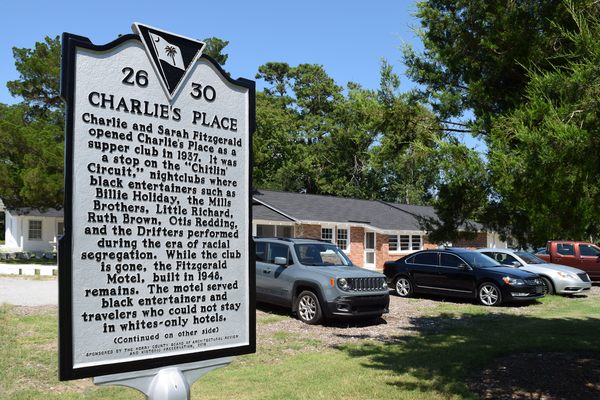About
When the Whitney Plantation opened in 2014, it aimed to redefine what a plantation museum could, and should, be. While neighboring plantations offered tours spotlighting ornate architecture, sprawling gardens, and the lives of the white families who lived there enjoyed such luxuries because they enslaved black people, the Whitney Plantation tells the story of the people who were enslaved there. It is the only plantation museum in Louisiana to exclusively focus on slavery, honoring the 350 people who were once forced to live and work there.
In 1991, the plantation property nearly became a $700 million rayon manufacturing plant at the hands of its owner at the time, the plastics and petrochemical company Formosa, according to The New York Times. But opposition was fierce, and soon John Cummings, a white retired trial attorney, bought the land. As he read more about the Whitney's history, he decided to develop the land into a museum focused on slavery.
Unlike most plantation tours, which begin in the plantation home, the Whitney’s tour begins in a small church built by freed slaves, the Antioch Baptist Church, according to National Geographic. The church was donated to the plantation in 2001 by a nearby congregation. The grounds feature a range of outside art, including life-size sculptures of enslaved children, produced by the artist Woodrow Nash, and 63 ceramic sculptures of black men’s heads on pikes. The latter marks a memorial for the largest slave revolt in the South, in which 500 enslaved people in Louisiana left their plantations and walked toward New Orleans. The plantation also features a memorial called the Wall of Honor, which includes all the names and known personal information of the 350 people enslaved at the Whitney Plantation. Scenes from the movie Django Unchained were filmed at the plantation house.
The Whitney’s director of research is Ibrahima Seck, a member of the history department of the University Cheikh Anta Diop of Dakar in Senegal who wrote a book on the history of the slave community at the plantation. “The history of this country is rooted in slavery," Seck told The Atlantic for a short documentary. “If you don’t understand the source of the problem, how can you solve it?”
Related Tags
Know Before You Go
The Whitney Plantation is open daily from 9:30 a.m. to 4:30 p.m. Guided tours are available every hour, with the first tour at 10 a.m. and the last at 3 p.m. The tour is largely outside, so check the weather in advance and bring sunglasses, sunscreen, or bug spray as needed, and wear walking shoes. Tours last 90 minutes and operate rain or shine.
Walk up tickets are available on a first-come, first-serve basis, but the plantation recommends you purchase a ticket in advance, as they often sell out. Tickets are $25 for adults. The plantation has no cafe or restaurant, but there is a picnic area if you choose to bring a lunch.
Published
February 12, 2020
Sources
- https://www.nationalgeographic.com/travel/intelligent-travel/2016/02/01/the-plantation-every-american-should-visit/
- https://www.whitneyplantation.org/about/
- https://www.nytimes.com/2015/03/01/magazine/building-the-first-slave-museum-in-america.html
- http://slaveryandremembrance.org/collections/object/?id=OB0102
- https://www.whitneyplantation.org/education/louisiana-history/the-big-house-and-the-outbuildings/the-wall-of-honor/
- https://jsis.washington.edu/africa/dr-ibrahima-seck-on-whitney-plantation/
